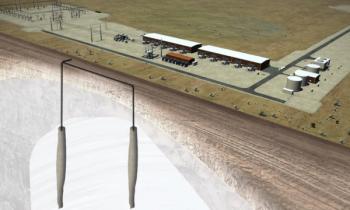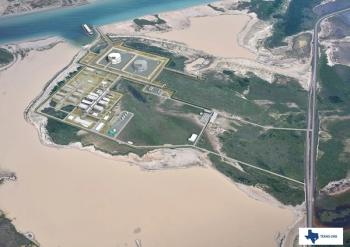
How to prevent trips in dry gas seals
To prevent spurious trips while ensuring plant safety whenever plant daily
revenue is greater than $1 MM/day use an 'AND trip'
(primary vent high
pressure or flow along with indication of secondary seal excessive leakage).
Historically, dry gas seal vendors have set primary vent trip levels at three
times the normal seal flow. However, if the seal gas system is designed with the present (2010) 'best practice' available features, increases in primary vent flow can be safely accommodated.
Best Practice features which will ensure system safety during increased
primary vent flow are:
- The intermediate nitrogen system that is automatically flow controlled.
- The use of a primary vent orifice device
If the exposure to daily revenue losses is large (greater than $1MM/day) and
the above best practice features are used in the system, an 'AND trip'
philosophy is recommended (trip the unit only when excessive primary vent
flow and detected secondary seal excessive leakage are present).
A HAZOP review is required for implementation of this best practice.
Monitoring and protection
The majority of current DGS installations trip on primary seal failure by
measuring primary vent pressure or flow. In the case of a high value product,
where availability of the plant is critical, operations may choose to continue
running for short periods after the primary seal fails, while preparing for
shutdown.
In this case, the recommendation is to trip on indicated primary 'AND'
secondary seal failure (atmospheric side for double seals). Trip operations are
based on type of seal configuration and secondary seal. They are:
- Tandem seals -- trip on 'high-high' primary seal flow or pressure 'AND' high secondary vent pressure.
- Tandem seals with carbon contact separation seal -- trip on 'high-high' primary seal flow or pressure 'AND' low nitrogen separation gas supply minus secondary vent pressure.
- Double seals -- trip on 'high-high' seal gas supply flow 'AND' vent 'high-high' pressure.
For any of the above options, instruments associated with the shutdown
circuit should be triple modular redundant. The final decision regarding unit
trips is of critical importance to plant safety and reliability, and will require a
HAZOP review for each application.
Large (mega) plants have learned that the previous philosophy of primary vent
only trips exposes the plant to large revenue losses and the present dry gas
seal system best practices enable a safe (HAZOP accepted) alternate trip
arrangement that will optimize plant revenue.
The 'AND trip' approach has been recommended since 2008 and is being
used in many new large (over $1MM/day) revenue plants to ensure plant
safety and optimize plant revenue.
Newsletter
Power your knowledge with the latest in turbine technology, engineering advances, and energy solutions—subscribe to Turbomachinery International today.




